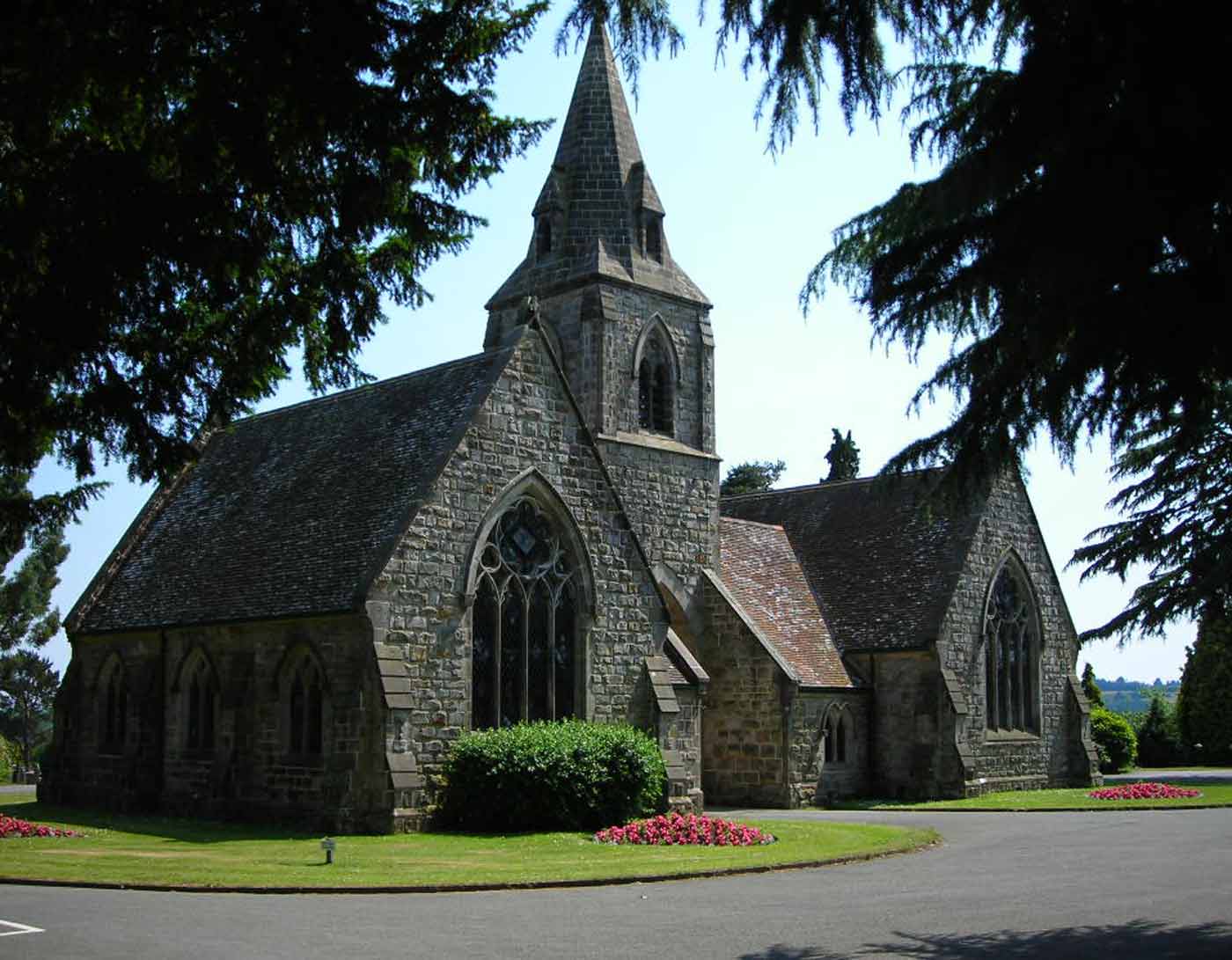Muslim Burial at Tunbridge Wells Cemetery
Context
Opened in October 1873, "…to serve the local people of all denominations and none.", Tunbridge Wells Cemetery was laid out in the traditional way of that era with distinct grassed areas subdivided by paths and single carriageway roads, with each section planned out in a grid of standard sized graves.
Following initial consultation with the Imam of Tunbridge Wells Mosque in 2014, a specific Muslim burial section was earmarked within the cemetery sitting on the eastern side of Section D4 (see cemetery main plan).
As the landowner and the Burial Authority, Tunbridge Wells Borough Council controls and administers the cemetery utilising the powers set out in The Local Authorities Cemeteries Order 1977 (As Amended).
All of the graves in Section D4, including those within the Muslim Section benefit from the status of Lawn Grave (being allowed a simple headstone memorial should the Registered Grave owner so desire). At this moment in time no permanent mounding of the graves is permitted in order that grass cutting activities are not compromised. You can see the current Cemetery Regulations at our Rules and Regulations page and they are also downloadable in accessible PDF format.
The Muslim Section of the Cemetery will be formed from one or more individual sections of ground designated by the Registrar for that purpose and in consultation with the Imam of the Tunbridge Wells Mosque at that time.
When a Death Occurs
When the death of a relative or loved one occurs it is essential that the Imam or person having responsibility for arranging the funeral provides the Cemetery Office where possible with the height and shoulder width measurements of the deceased person as soon as possible, thus enabling the identification and excavation of a grave in the Muslim area without undue delay.
Only once HM Coroner (if involved) has issued his clearance certificate and/or the death has been registered by the Registrar of Births & Deaths can a date and time for the burial be confirmed with the Cemetery Office. From this point onwards any and 2 all instructions regarding the funeral must be made through the Imam of Tunbridge Wells Mosque so as to ensure continued effective communication.
Shroud and coffined burial is permitted within the cemetery. Each coffin shall have a plate securely fastened to its lid recording the name of the deceased, their date of death and their age at time of death in clear Roman text.
In the case of a shroud burial, the same details should be written in Roman type using a permanent ink pen/marker on white paper/card and either pinned or cello-taped to the chest of the shrouded body. These details must match those on the 'Green Form' (extract from the Register of Deaths) provided to the cemetery office and checked by a member of council staff.
Unless a grave space has been purchased in advance of need, a grave will be allocated by the burial authority and this will normally be the next grave in sequence to the grave last buried in.
The Grave
Within the Muslim Burial section are provided graves for adults, children/babies and foetuses and each grave will be excavated to the required sufficient dimensions to accommodate only one burial whilst at the same time complying with current UK Burial Legislation. http://kentandsussexcrematorium.com/wp-content/uploads/Local-Authorities-Cemeteries-Order-1977.pdf
Like any other burial in the cemetery, the grave once excavated, fully and correctly shored, shall be either secured with a locked lid on a frame which itself is securely pinned to the ground until the scheduled time and date of the burial. Alternatively, it is to be prepared with sufficient wooden walking boards and green baize for the burial that same day.
Immediately adjacent to the grave should be a mound of suitably friable soil with at least two clean shovels and two garden trowels to allow backfilling by the mourners after the graveside service. This soil should be kept separate from the excavation spoil and covered by tarpaulin to ensure ease of use by mourners in the backfilling process.
Where there is evident excessive ground water this will be pumped out of the excavated grave space, and continue to be so until the funeral cortege or mourners enter the cemetery and become visible to the contractors staff. An even layer of clean sand (circa 1" deep) will then be spread over the bottom of the grave.
Due to the potential short notice requirements surrounding Muslim burial, the contractors must ensure that they have sufficient shoring and specifically a sufficient supply of pre-cut planking and sand, notwithstanding clean sets of varnished putlogs and lowering webs, if and where required.
Burial
Once the body has been lowered into the grave, has been orientated correctly and the shoring at that corresponding depth removed, individual wooden planks approximately L 39"x W 8.5" x H 1.75" (the actual length of the planks will be determined by the excavated grave size; the size L 39"x W 8.5" x H 1.75" would be that suited to a normal adult size grave) will be placed side by side inside and along the entire length of the grave as per Fig 1 below. Only then can phased backfilling of the grave begin as the grave shoring is removed in a phased procedure.
The green baize, clean of any mud or detritus, will be used across the grave and its surrounding area and be securely pinned to the ground to prevent trip hazards for all people wherever possible.

On completion of backfilling, the site shall be left clean and tidy and any damage to the surrounding ground made good. The grave should be left with a slight (6-12") mounding along its length to accommodate minor initial subsidence as air within the soil escapes.
Ken Dry, MA, FICCM Dip(Hons)
Registrar
WHEN ARRANGING THE FUNERAL YOU CAN REQUEST TO RECEIVE OUR MEMORIAL LITERATURE PACK BY POST OR ALTERNATIVELY CALL OR VISIT OUR OFFICES TO DISCUSS THE MANY OPTIONS AVAILABLE.






